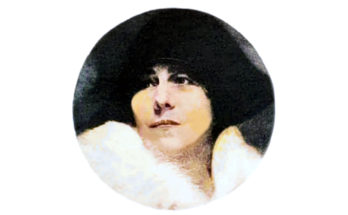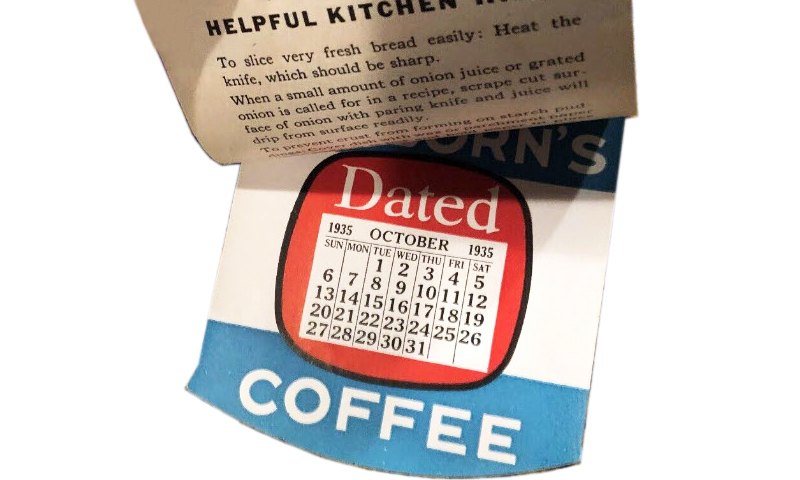
For the cooking booklet we’ll have to go here on Reddit, as the booklet photos aren’t’ mine. I found the history of Bond Bread interesting, and commented. Both from Reddit comments and Facebook Old Philadelphia personal remembrances build a history of Bond Bread.
Comment from Bond Bread pictures on Reddit—
“Look at those slices! — but wait, look at the loaf of bread. The loaf is not sliced! Otto Rohwedder of Iowa invented sliced bread in 1928. This booklet is from 1932 and still Bond sold non-sliced bread. Wonder Bread, their main competitor adopted the invention–and in 1930 they were one of the first to offer sliced bread. By 1935 Bond still had unsliced white and whole wheat breads, yet their rye bread was pre-sliced. When was Bond white bread offered sliced? I’m asking at Old Images of Philadelphia Facebook post which has personal remembrances of Bond Bread.
One thing Bond did adopt early was enriching the loaves with Vitamin D. Vitamin D — In the 1933 booklet Bond authors mentioned there is a plant substance called ergosterol that is irradiated with ultra-violet light rays, and becomes transformed into Vitamin D. The bread maker dissolves it in a vegetable shortening which is worked into the dough. And what is ergosterol? It is to fungi what cholesterol is to humans. — Plant substance sounds better than fungi, and I’m sure they didn’t want to unnecessarily scare anyone.
Before circa 1930 so many people made great use of their bread-slicing knives. In 1890s England the typical slice of bread was cut to 1/4.” This is thinner than “thin-sliced” bread today, but keep in mind that the breads, most often baked at home, were denser than today’s bread, not having the extra puffed talked about in their 1933 booklet.
The diagram shows the Bread being stopped at the “Flavor Peak” during the dough rising stage. I imagine many breads in stores today use this rising method of puffing it up by letting it rise longer, which creates more air, more volume. Yet, people seem to like this squishier, softer bread as it’s equated with being fresher — whether that is true or it’s not true. I imagine that is a savings of costly ingredients to the baker–a little cheat which everyone likes. [Except for a number of years when the consumer is intent on more artisan loaves.]
Bond Bread booklets
1931 – 88 Mealtime Surprises made with Bond Bread. General Baking Company. 28 pages.
1931 – The Sunshine Trail to Happier Health. Title Page. Bond Bread’s Priceless New Improvement. 26 pages.
1932 – Capturing the sunshine vitamin (Vitamin-D) in 88 new Bond Bread Recipes. 31 pages.
1933 and 1934 – Bond Bread Cook Book. Title Page: We’ve Cudgeled Our Brain to Help You Save. 22 pages.
1935 – Bond Bread Cook Book. General Baking Company. 72 pages.
1937 – “The best toast I ever tasted.” Presented by the Bond Bakers.
1937 – Here comes Santa Claus with GOOD THINGS TO EAT for Christmas Week and Best Wishes from Bond Bakers. General Baking Company. unnumbered.


